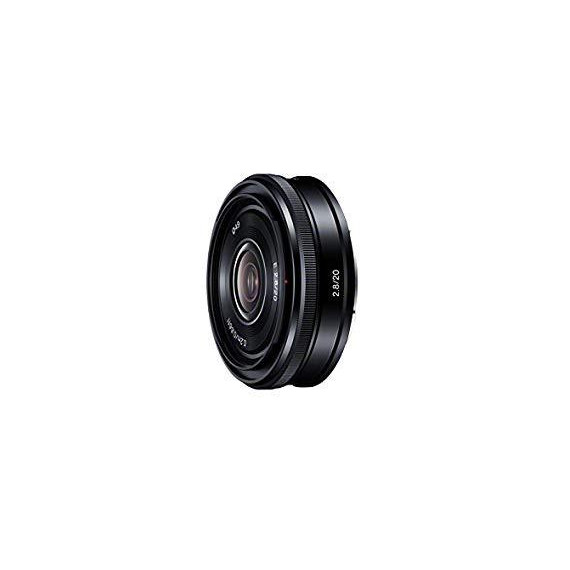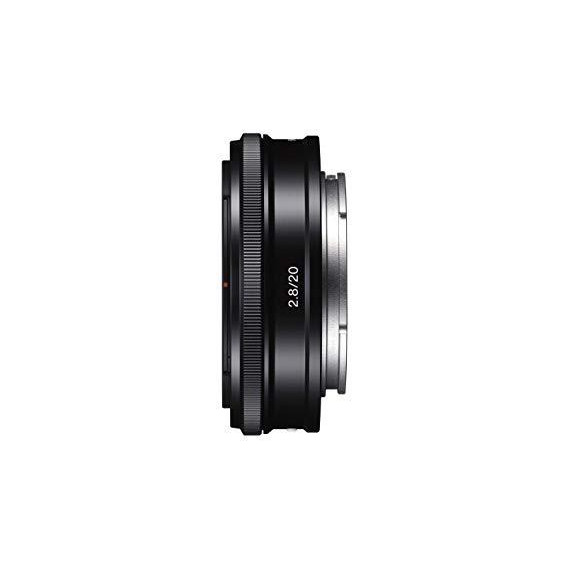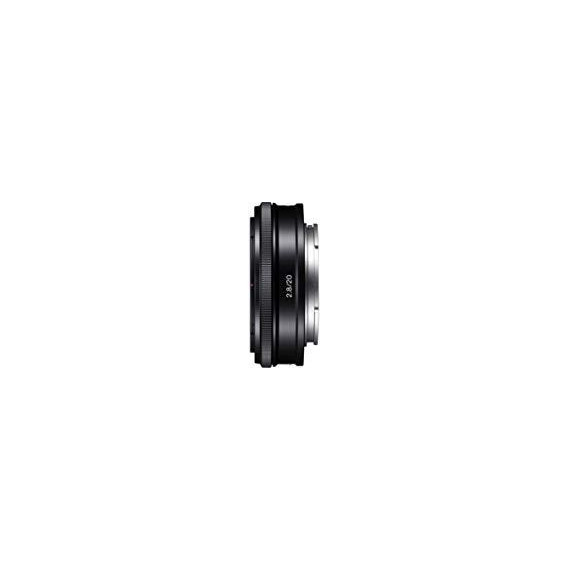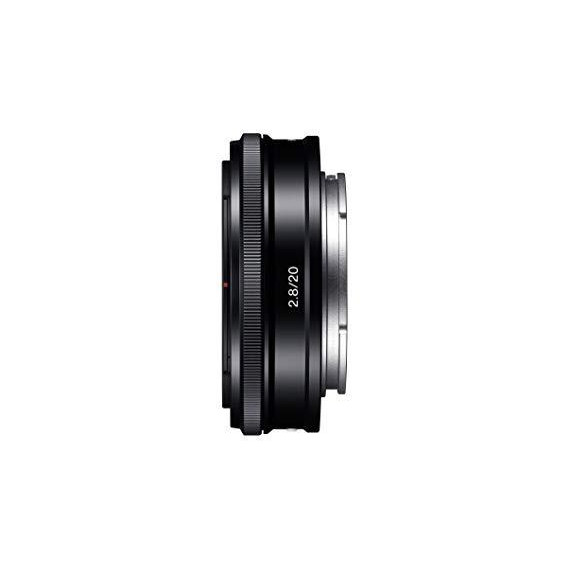T. Hawkes
Oh, wow, this lens is so much better than the 16mm (SEL-16F28). I know because I used to have the 16mm but sold it after getting this one. The 20mm is much sharper, better built, with a nice and versatile field of view. It also takes the two adapters sold for the 16mm (the wide-angle which I had for the 16mm makes this 20mm a 15mm; and the fish-eye which I dont yet have but intend to buy). In case anyones interested, I own a NEX-6 and an A6000. I have most of the "reasonably priced" Sony E-mount lenses: the 20mm with the wide angle adapter; the 30mm Macro (a nice lens if you can get one for a good price), the 35mm prime (one of my favorite lenses for its field of view and its sharp, high-quality images); the 50mm prime (a nice lens, especially for portraits with good bokeh); the 16-50mm PZ kit lens (which I take along with the 20mm when I want to travel very light but still have a bit of a zoom on hand because it takes good, but not great, pictures as you can see clearly see once youve tried the primes); the 55-210 manual zoom (great range, nice and sharp shots, fairly bulky, but I got it for only $150 so cant complain) and the 18-105 PZ "G" lens (which is a superb carry-around lens if you dont mind its relative bulk--its long and wide, but not too heavy). Ive also tried the Sigma lenses (19 and 30mm) but thought, "These would be OK if they werent so cheaply made (scratch easily) and so bulky and if they had OSS." So I returned them in spite of their low prices. Ive also tried for a weekend, but decided not to buy, the Sony 10-18 and 16-70 zooms and the Zeiss Touit 32mm. These are built with high-quality materials and take great shots but they are way too expensive, in my opinion at least, for the relative increase in image quality over the much less expensive lenses. Im sure somebody out there will want to quote image tests and pixel peeping comparisons to debate my opinion about this 20mm lens and/or the pricy Zeiss lenses, but my thinking is simply that this "mirrorless" line of medium-format cameras doesnt really need lenses that cost so much. I admit there is a small market for those lenses; they are priced for folks who are willing to spend 2-3 times the money for "something a bit better" (thats how Sony makes back the investment in building lenses that relatively few people will buy). If you really want to step up, I suggest that you skip the APS-C line altogether and buy one of the newest full-frame "A7" camera bodies and any one of the pricey full-frame lenses available for it. With 4 times the money invested, you can see some better images (all else being equal). But switching from APS-C to full-frame means youre not in the same ballpark at all, to use a worn expression. I can say all this with confidence because photography is a hobby for me, not a profession. Im not taking pictures for National Geographic (Id love to imagine doing so with my A6000 and one of my pedestrian lenses, but I am not a delusional man). What I am is happy with two Sony APS-C cameras I own. I make use of, and accommodate for, their relative merits. The broad collection of E-mount lenses I have covers most every situation I am likely to get into as a hobbyist. Even better, I bought all my lenses for about 60 cents on the dollar (another hobby of mine is being a bargain hunter). If youre the kind of photographer that I am, then youll want to know that this SEL-20F28 lens is a very nice lens to have. I bought it as a "new but sold as refurb" here on Amazon for about 40% off its list. For that kind of money, it really shines as a small, versatile lens (i.e., close-up shots and landscape shots are both very good). Its smaller and faster and sharper than the kit zoom; it also costs much more than the kit zoom. I will add that my 18-105 "G" lens takes a noticeably better (sharper, better contrast, less aberrations) picture set at 20mm than this prime does, but then the zoom is only f4.0 (minimum through its range) whereas the prime is f2.8 and its 1/10th the size. Thats why I have both in my lens bag. I hope this long ramble helps someone decide whether or not to buy this lens. If not, hey, reading it was free. Peace.














